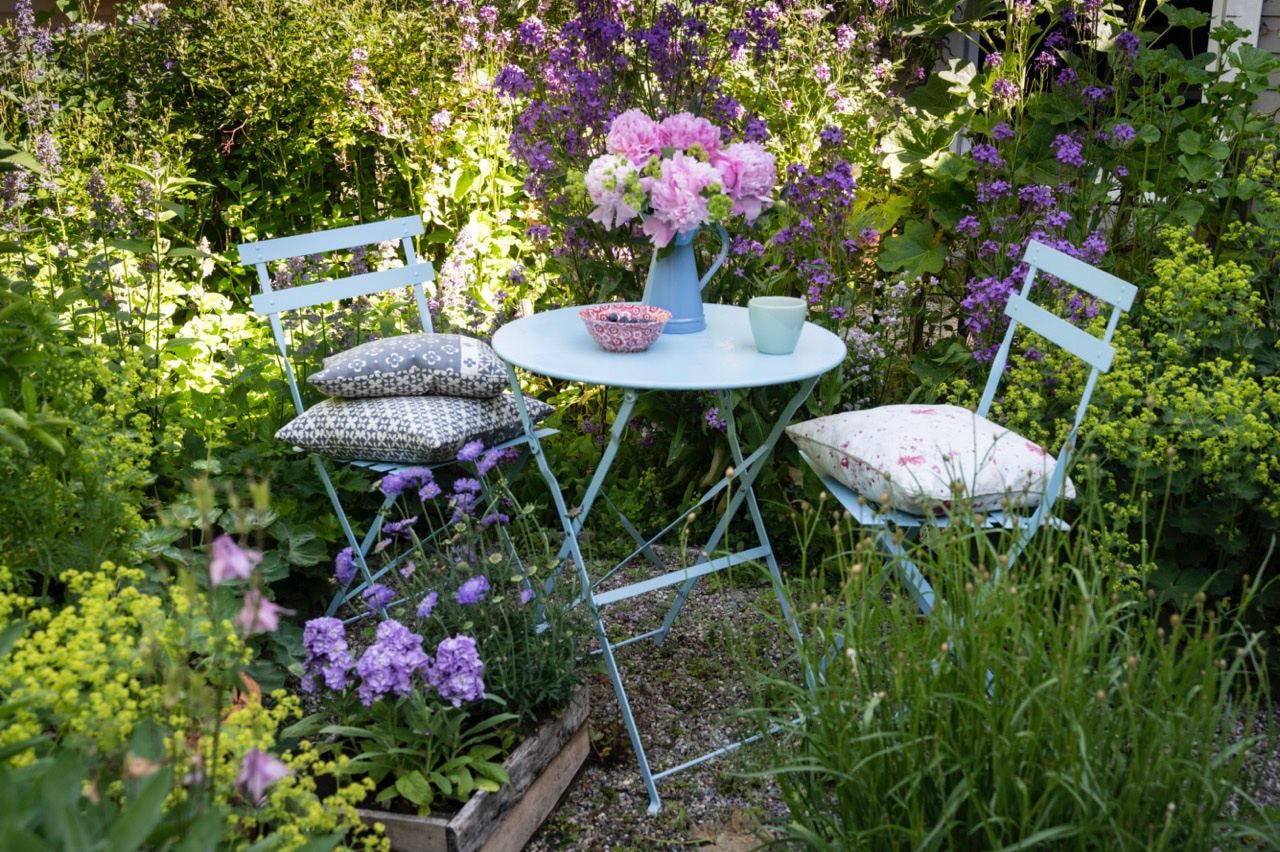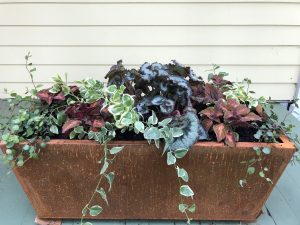In the age of climate change and environmental awareness, more people are turning to sustainable gardening practices. While many gardeners already know the basics—like composting and avoiding chemical pesticides—there are plenty of lesser-known ways to make your green space even greener. Whether you’re a seasoned gardener or just starting out, these eco-friendly tricks can help your garden thrive while treading lightly on the planet.
1. Plant a “Carbon Sink” Corner
Most gardeners grow plants for beauty or food, but you can also grow them for carbon capture. Trees and shrubs store more carbon than smaller plants, and deep-rooted perennials help lock carbon in the soil. Designate a corner of your garden as a “carbon sink” by planting native trees, dense shrubs, and perennial ground covers. Opt for species like serviceberry, elderberry, and switchgrass—all low-maintenance and great for biodiversity.
2. Use Biochar for Soil Health
Biochar is a form of charcoal made from plant waste that’s been heated in a low-oxygen environment. When added to soil, it improves water retention, boosts microbial life, and locks carbon in the ground for hundreds of years. You can buy biochar or make your own by safely charring pruned branches and yard waste. It’s a simple way to turn waste into a long-term soil amendment with major ecological benefits.

3. Harvest Rainwater—Smartly
Rain barrels are a common eco-upgrade, but not all rainwater collection systems are created equal. Try connecting your rain barrel to a drip irrigation line or a gravity-fed soaker hose. This setup delivers water directly to your plants’ roots, minimizing evaporation and runoff. Also consider adding a first-flush diverter to keep debris and pollutants from entering the barrel after long dry spells.
4. Replace Lawn with Ground Cover
Traditional lawns are one of the least eco-friendly parts of a garden, requiring frequent watering, mowing, and fertilizing. Instead, replace sections of grass with native ground covers like creeping thyme, clover, or moss, depending on your climate. These alternatives support pollinators, reduce water needs, and eliminate the need for fossil-fuel-powered lawn equipment.
5. Upcycle Old Items as Planters and Decor
Rather than buying new garden containers, get creative with upcycling. Old boots, broken wheelbarrows, tea kettles, and even dresser drawers can make quirky, functional planters. This reduces waste and gives your garden a personalized, rustic charm. Just make sure to add drainage holes if needed.
6. Practice No-Dig Gardening
Tilling disturbs soil microbes and releases carbon into the atmosphere. No-dig gardening builds soil health by layering organic matter like compost, mulch, and aged manure on top of existing soil. Over time, this method increases biodiversity in the soil, improves moisture retention, and reduces erosion—all while saving your back some effort.
7. Encourage Predatory Insects
Instead of reaching for pesticides, let nature handle pest control. Attract beneficial insects like ladybugs, lacewings, and parasitic wasps by planting a variety of nectar-rich flowers such as yarrow, dill, alyssum, and fennel. Also provide shallow water sources like saucers with pebbles for insects to rest on while drinking. The more diverse your insect population, the more resilient your garden will be. You can make ponds for fish and let them eat.
8. Grow Vertically to Maximize Space
If you’re tight on space but still want to grow more food or flowers, try vertical gardening. Use trellises, wall-mounted planters, and hanging baskets to take advantage of vertical real estate. This reduces the need for expanding your garden footprint and helps insulate walls, which can reduce home cooling costs in the summer.
9. Make a DIY Insect Hotel
Insect hotels provide habitat for solitary bees, beetles, spiders, and other garden helpers. You can make one using old bricks, bamboo canes, pinecones, twigs, and wood scraps—just stuff them tightly into a wooden frame or old crate. Place it in a dry, sheltered spot, and watch as pollinators and pest-controllers move in.
10. Leave the Leaves
Instead of bagging and discarding fallen leaves, let them stay where they fall—or rake them into flower beds as natural mulch. Leaves insulate soil, prevent erosion, and provide habitat for overwintering insects. They break down slowly, feeding the soil with organic matter throughout the colder months.
11. Grow Native and Pollinator-Friendly Plants
While this tip is gaining popularity, many gardeners still overlook the importance of native plants. These species are adapted to your local climate and soil, requiring less water and fertilizer. They also provide essential food and shelter for local wildlife. Milkweed for monarchs, bee balm for bees, and native grasses for nesting birds are all excellent options.
12. Install a Green Roof on a Shed or Coop
If you have a garden shed or chicken coop, consider installing a green roof—essentially a living roof covered in low-maintenance plants. Not only does this add visual interest and absorb rainwater, but it also insulates the structure and provides a tiny extra habitat for insects and birds.
13. Use Greywater Thoughtfully
Greywater is lightly used water from sinks, showers, and washing machines (never toilets). With proper filtration and the right soaps, it can be used to irrigate non-edible plants. Greywater systems range from simple bucket collection to plumbed-in irrigation setups. Always check local regulations before installing a greywater system.
14. Mulch With What You Have
Instead of buying bagged mulch, use what’s already available. Grass clippings, wood chips from tree services, straw, pine needles, or even shredded newspaper can suppress weeds, retain moisture, and improve soil over time. Just be sure the material is chemical-free and applied in a breathable layer to avoid smothering your plants.
15. Light with Solar Power
Outdoor garden lighting can be both beautiful and functional, but traditional wired lights consume electricity and contribute to light pollution. Switch to solar-powered path lights, fairy lights, or motion-sensor lamps. These charge during the day and create a soft glow at night, all without adding to your utility bill.
Final Thoughts
Gardening in an eco-friendly way is about more than just being trendy—it’s about restoring balance with the natural world and creating a resilient outdoor space that gives back. While grand gestures like installing solar panels or building a greenhouse are impactful, the small, often-overlooked decisions—like leaving the leaves or using homemade mulch—add up to make a big difference over time.
By adopting even a few of these little-known tips and tricks, your garden can become a true haven for biodiversity, sustainability, and beauty. And the best part? You’ll be cultivating not only plants, but also a healthier planet.

